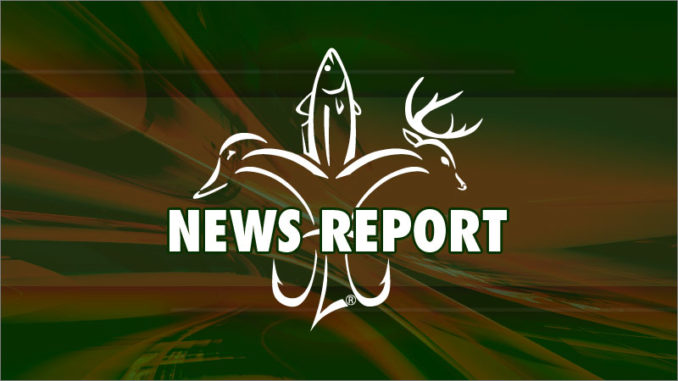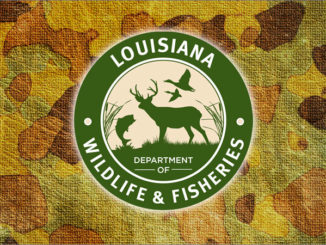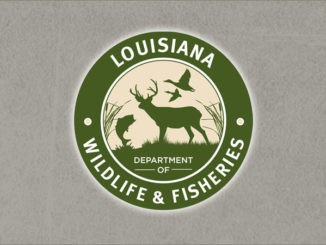
Waterfowlers should be aware of disease, handle sick birds with caution
H5N1 Highly Pathogenic Avian Influenza (HPAI) is once again causing mortalities in wild birds in Louisiana, the Louisiana Department of Wildlife and Fisheries (LDWF) said in a Dec. 12, 2023 news release. The disease started last year with the arrival of infected migratory waterfowl to Louisiana and abated when they moved north in the spring of 2023.
This year’s fall migrations have created a resurgence of HPAI-induced waterfowl disease in Louisiana.
When contacted by Louisiana Sportsman and asked about how many birds have been affected, Dr. James M. LaCour said, “several hundred birds last year, mostly geese, some ducks and black vultures. Several hundred so far this year. Mostly geese, some ducks.”
Dr. LaCour is the State Wildlife Veterinarian for the LDWF. He said sick birds have been reported all over the state, predominately in waterfowl areas. There have also been some sick geese and ducks in municipal parks.
“We’ve had sick and dead birds reported by biological staff, hunters, farmers, folks in parks, and one fellow who had a goose fall from the sky into his neighborhood back yard,” LaCour said.
It may be hard to identify some sick birds, especially ducks, LaCour said.
“Birds can be infected but not clinical, especially ducks. They may survive the infection with no symptoms and go on to clear it although there are some mortalities,” he said. “Geese on the other hand are more susceptible, especially the immature geese/young of the year which have no immunity from last year. Infected birds begin with neurological symptoms, unable to fly, walk normally, or even stand at times. They are dull, depressed, and may press their heads on the ground or on a vertical object. Then they die. Some are just found dead.”
Many different species can be infected
According to the LDWF release, many different species of wild birds can be infected with HPAI. Geese and other waterfowl are particularly susceptible to HPAI and may exhibit neurological symptoms, which ultimately lead to the death of the bird. Scavenging raptors, including vultures, are also susceptible to the disease.
Although public health officials consider this strain of HPAI to be of minimal threat to humans, sick birds should not be handled. Additionally, as this disease is highly contagious to other wild birds and domestic poultry, sick birds should not be comingled with other birds.
Mammals are, for the most part, resistant to H5N1 HPAI but rare fatal infections have been documented in dogs, cats, foxes, black bears and even dolphins. It should be noted that while many waterfowl hunting dogs contact birds with HPAI, no dog infections have been reported in Louisiana. Contact between pets and birds showing neurologic signs should be avoided.
Wildlife rehabilitators should be careful not to bring potentially HPAI-infected birds into their rehabilitation facilities to prevent introduction and spread of the disease within the facility. Clothing and other objects, or even seemingly healthy waterfowl, which may touch infected should be washed thoroughly and kept away from other birds, especially domestic poultry.
Once again, sick birds should not be handled and no bird exhibiting signs of disease or found dead should be utilized for human consumption.
Sick or dead birds should be reported to regional LDWF: Hammond Office: 985-543-4777, Lake Charles Office 337-491-2575, Lafayette Office 337-262-2080, Minden Office 318-371-3050, Monroe Office 318-343-4044, Pineville Office 318-487-5885.
More information about HPAI may be found on the following websites:
https://www.cdc.gov/flu/avianflu/avian-in-birds.htm
https://www.fws.gov/avian-influenza

